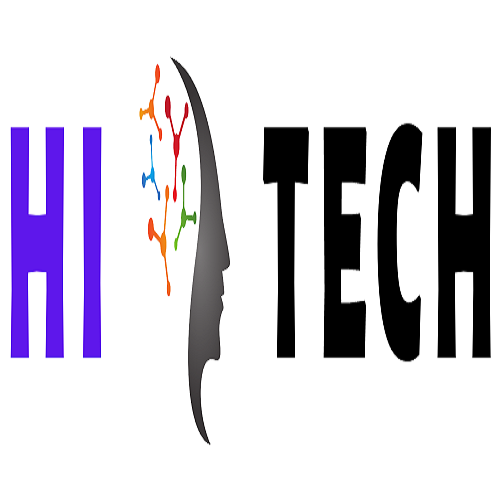Introduction:
Printing technology has come a
long way since the days of Gutenberg's printing press. From dot matrix printers
to laser printers, and now to cutting-edge plotter technology, the evolution of
printing has continuously pushed the boundaries of what is possible. Plotter
technology, in particular, has emerged as a game-changer, revolutionizing the
way we print and create art, design, and technical drawings.
Plotter technology is a type of
printer that operates on a unique principle. Unlike traditional printers that
use raster graphics, which involve printing images dot by dot, plotter
technology uses vector graphics. Vector graphics are based on mathematical
equations that describe the shapes of images, allowing for precise and detailed
prints with exceptional clarity and definition.
Recent Years Advancements:
In recent years, plotter
technology has also seen advancements in terms of connectivity and
accessibility. With the advent of cloud-based printing and remote printing
capabilities, users can now send print jobs to plotter printers from virtually
anywhere, making it convenient for businesses, artists, and designers to work
collaboratively and remotely. Additionally, user-friendly software interfaces
and intuitive design tools have made plotter printers more accessible to a
wider range of users, including those without specialized design or technical
skills.
One of the key advancements in
plotter technology in recent years is the integration of cutting capabilities.
Plotter printers can now not only print images but also cut out shapes and
patterns with extreme precision. This feature has expanded the possibilities
for creative applications, allowing artists, designers, and businesses to
create intricate and complex designs that were previously difficult or time-consuming
to achieve. For example, in the field of sign-making and graphics, plotter
printers with cutting capabilities are used to create custom vinyl decals,
vehicle wraps, and signage with precise cutouts and shapes.
Features of Plotter:
One of the key features of
plotter technology is its ability to produce large-format prints. Traditional
printers are often limited in terms of the size of the prints they can produce,
but plotter technology can create prints that are several feet wide, making it
ideal for large-scale applications such as banners, posters, and billboards.
This makes plotter technology a popular choice in fields such as advertising,
marketing, and architecture, where large-format prints are often required.
Advantage of Plotter:
Another significant advantage
of plotter technology is its exceptional precision and detail. Plotter printers
can reproduce artwork, designs, and technical drawings with remarkable
accuracy, down to the finest lines and smallest details. This level of
precision makes plotter technology an invaluable tool for artists, designers,
engineers, and architects who require high-quality prints with intricate
details. Whether it's producing fine art prints, precise technical drawings, or
complex design patterns, plotter technology ensures that every line and curve
is reproduced exactly as intended.
Versatility in Terms of Materials:
Plotter technology also offers
versatility in terms of materials. Unlike traditional printers that are limited
to printing on paper or other lightweight materials, plotter printers can print
on a wide range of substrates, including paper, canvas, fabric, vinyl, and even
metal. This opens up new possibilities in terms of creative applications,
allowing artists and designers to experiment with different textures, surfaces,
and mediums. For example, plotter technology is used in the fashion industry to
print intricate patterns on fabric, in the automotive industry for prototyping
and production of parts, and in interior design for custom wallpapers and murals.
Precision and Versatility:
In addition to its precision
and versatility, plotter technology is known for its speed and efficiency.
Plotter printers can produce prints at a much faster rate compared to
traditional printers, making them ideal for high-volume printing tasks. The
advanced technology used in plotter printers also minimizes waste, as it uses
precise amounts of ink and materials, reducing environmental impact and
lowering printing costs.
Limitations:
Despite its many advantages,
plotter technology does have some limitations. One of the main drawbacks is its
cost, as plotter printers tend to be more expensive compared to traditional
printers. Additionally, plotter printers may require specialized training and
expertise to operate and maintain, which could be a factor to consider for
small businesses or individual users.
Uses of Plotters:
· In Field of 3D Printing:
Another area where plotter
technology is making a significant impact is in the field of 3D printing. While
traditional 3D printers build objects layer by layer using additive
manufacturing techniques, plotter-based 3D printers use subtractive
manufacturing techniques to shape objects from a block of material. These
printers use a combination of precise cutting and shaping to create complex 3D
objects with high accuracy and speed. This opens up new possibilities in fields
such as product design, prototyping, and manufacturing, where the ability to
create intricate and functional 3D objects is essential.
· In Field of Education:
Another notable application of
plotter technology is in the field of education. Plotter printers are widely
used in schools, colleges, and universities for teaching purposes. They are
used to create educational materials such as charts, diagrams, and posters that
aid in visualizing complex concepts and ideas. Plotter technology allows
educators to create high-quality, large-format prints that enhance the learning
experience for students, making it an invaluable tool in the field of
education.
Conclusion:
In conclusion, plotter
technology has emerged as a revolutionary printing method that offers
exceptional precision, versatility, and efficiency. Its ability to produce
large-format prints with intricate details has made it a game-changer in
various fields, including art, design, architecture, and engineering. As
technology continues to evolve, we can expect plotter technology to continue
pushing the boundaries of what is possible in the world of printing, opening up
new creative possibilities and transforming the way we approach printing and
design.









0 Comments